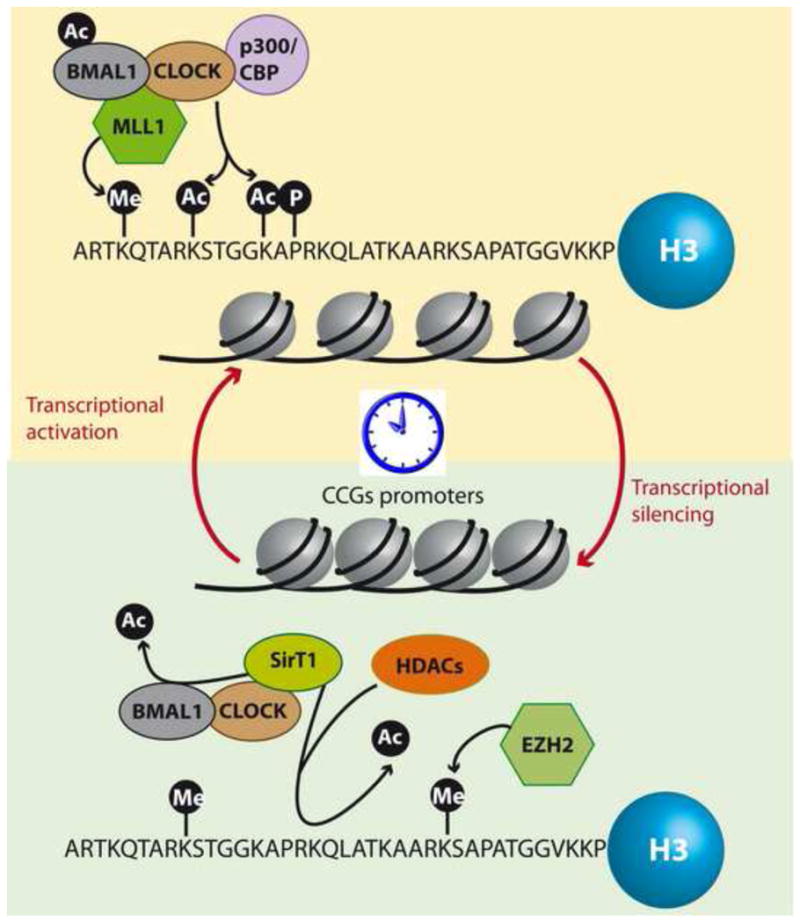Figure 1. Chromatin remodeling in the circadian clock.

The epigenetic mechanisms that underlie clock controlled gene transcription are on the way to be uncovered. Chromatin modifying enzymes act in synchrony for the fine tuning necessary to achieve clock-controlled gene expression. Transcriptional activators coordinate rhythmic hyperacetylation and H3K4 trimethylation at circadian gene promoters that promote transcription. Conversely, repressors remove acetylation marks and promote a closed state of the chromatin fiber at the clock controlled gene promoters that inhibit transcription. Thus, activator and repressor enzymes act in a very precise synchrony that coordinates the circadian transcription of about 10% – 15% of all transcripts.
